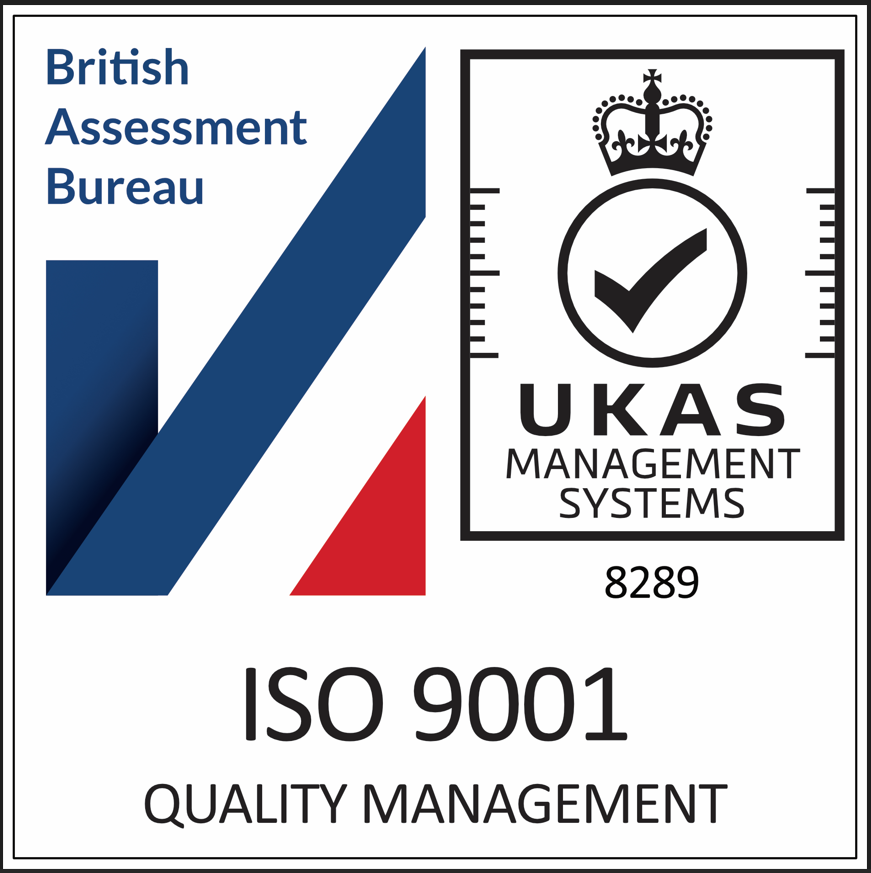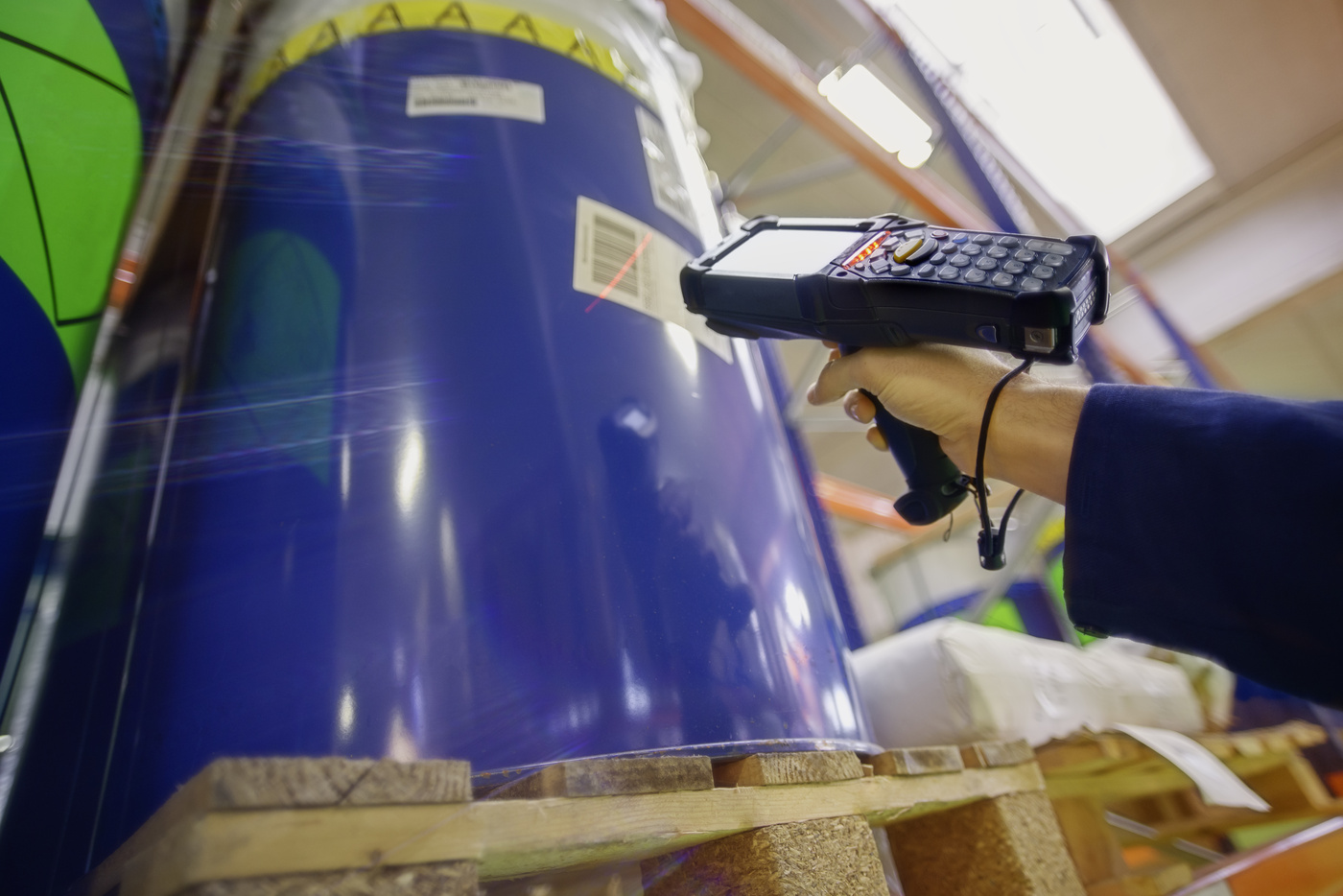

Through planning and due diligence to execution and stabilisation
Understanding the levers for successful integration
Expertly navigate the challenges and risks
Unpick the opportunities to drive the bottom line

Disentangling a well-established site from a complex corporate infrastructure-with stringent timelines, local compliance challenges, and a rigid transitional services agreement (TSA) in place.
Expertly navigate the challenges and risks.
Combining processes, systems and people to deliver maximum results
Working with what you've got to make things even better

How we streamlined and future-proofed, a soon-to-be obsolete labelling solution and a rapid client expansion across multiple new sites.
Enhancing decision making and strategic
alignment to drive performance
Using the latest technology to drive efficiencies, innovation and operational excellence
Meeting local requirements while
delivering smooth cross-border
operations
Simplifying supply chain finance
Improving compliance accuracy and
automation using tax technology